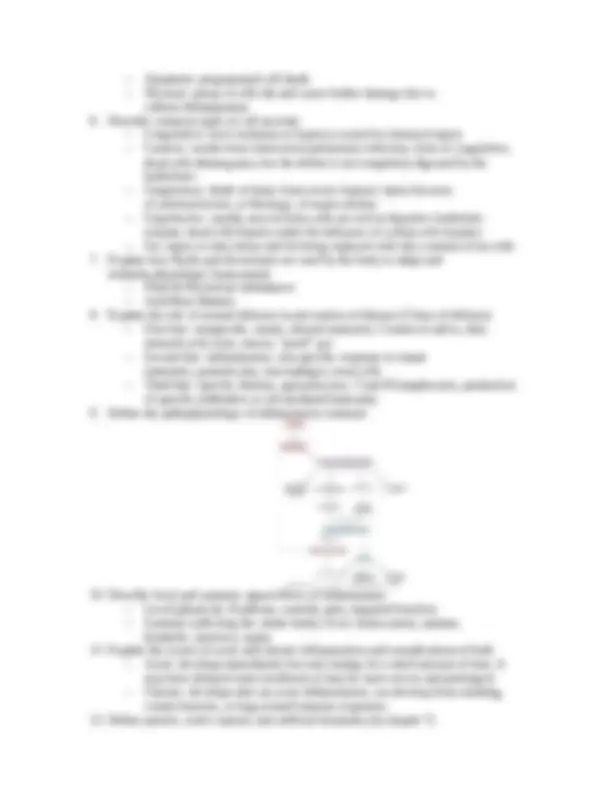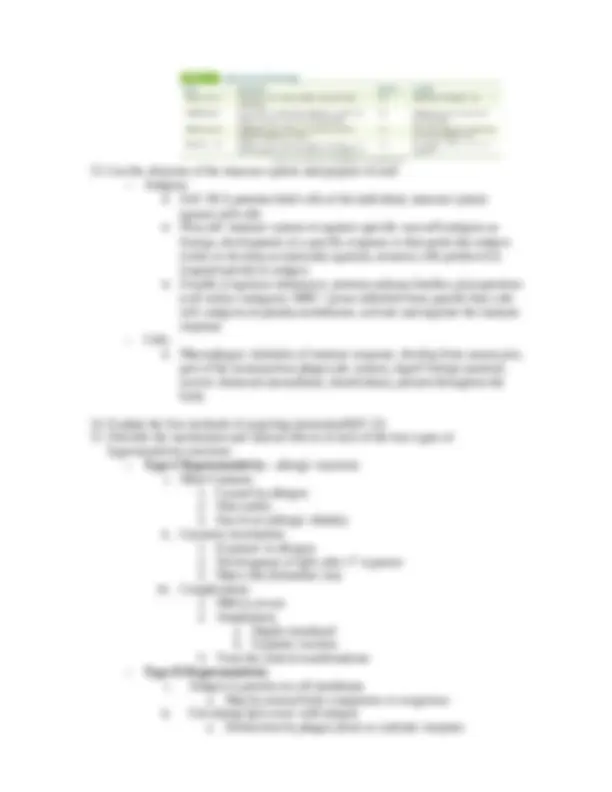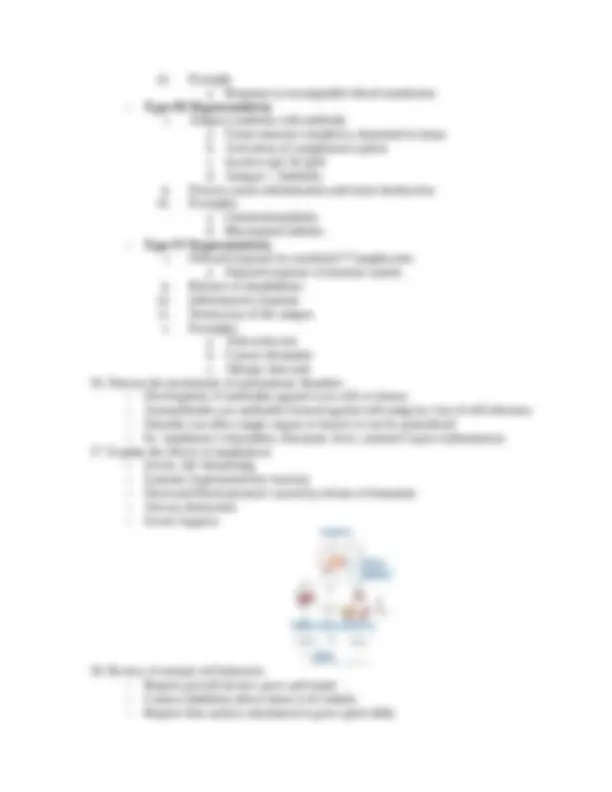1. Introduce pathophysiologic concepts and principles.
2. Understand and use medical terminology when discussing pathophysiologic conditions.
3. Discuss normal cell and tissue development and disease progression.
4. Explain carcinogenesis, risk factors, stages of tumor development, and preventive strategies.
5. Describe the process of cellular development and alterations based on external environmental
and genetic factors.
6. Explain how fluids and electrolytes are used by the body to adapt and maintain
physiologic homeostasis.
7. Apply growth and development principles as they relate to the impact of aging on
normal pathophysiologic changes.
8. Discuss the role genetics and aging plays in the process of cellular adaptation, mutation,
and dysplasia.
9. Understand inflammation, healing, infection, immunity, and neoplasms and cancer.
10. Apply growth and development principles as they relate to the impact of aging on
the pathophysiologic changes.
11. Compare and contrast processes of inflammatory and healing processes, alterations in
immune responses, and pathological processes of the immune system.
12. Apply understanding of alterations in inflammatory and healing processes and across the lifespan
to formulate care priorities.
13. Describe how genetics influence pathophysiological alterations in healing, immunologic
responses, and integumentary system.
14. Explain carcinogenesis, risk factors, stages of tumor development, and preventive strategies.
CHAPTER OBJECTIVES
1. Explain the role of Pathophysiology in the diagnosis and treatment of disease
•Pathophysiology is the study of physical and biological abnormalities occurring
due to disease. It is important to the diagnosis and treatment of a disease
because you can easily see the clinical manifestations, easily diagnose, and the
risk factors.
2. Use appropriate terminology for pathophysiology
3. Describe common cellular changes and adaptations with possible reasons for occurrence
•Atrophy: decrease in cellular size
•Hypertrophy: increase in cell size
•Hyperplasia: increase in cell number
•Metaplasia: one mature cell is replaced by different another mature cell
•Dysplasia: abnormal change in size, shape, and organization of mature cells,
cells vary in size and shape
•Neoplasia: new tumor growth
4. List common causes of cell injury
•Ischemia
•Physical agents: excessive temperatures, radiation exposure
•Mechanical agents: pressure/tearing of tissue
•Chemical toxins














